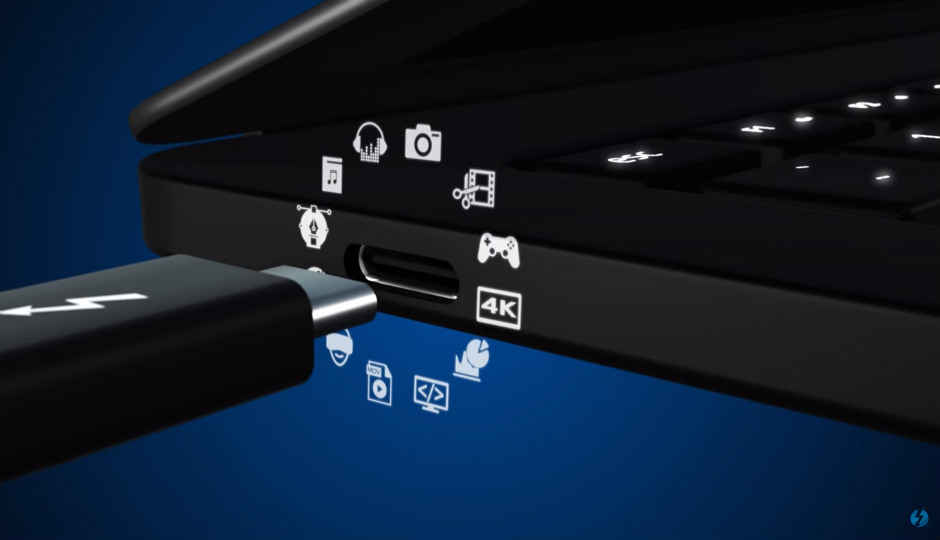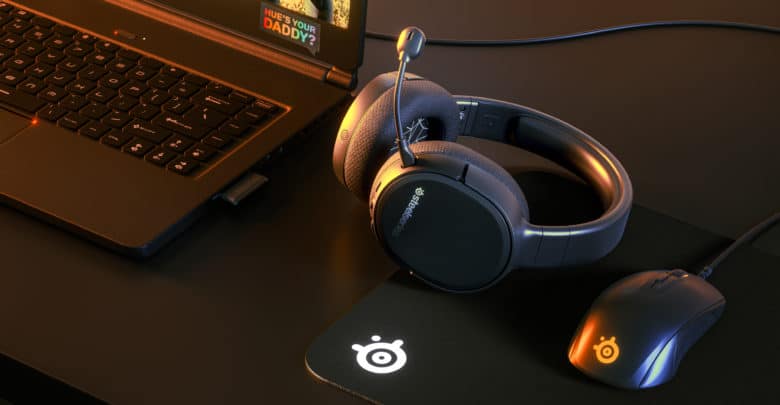

They are highly versatile in their connectivity and many serve multiple functions simultaneously. Today, video connectors and monitor ports are designed to be the ultimate solution. The solution: faster, smaller, and more reliable monitor ports replacing heftier versions of yesteryear to produce higher quality, more efficient and advanced signals, and transmissions. This constant evolution requires a faster transfer of data in a more optimized way. Monitor ports are the hidden masterpieces that maximize the output of our evolving devices and media. Keeping up with it all can be a full-time job. New and improved devices, formats, and media types seem to pop up every day, too. Or learn more about ViewSonic’s solutions for education, work, and home here. Read more about the various monitor ports, their uses, and the next phase of connectivity in USB-C. Like any technology, monitor ports are undergoing a continuing evolution to improve image quality and power efficiency.

Not only can they carry increasingly complex data, but they can also charge and power the devices that they connect. Use a USB 3.0 port and cable and that reduces to just over 5 hours.Monitor ports have changed over the years. If you use a compatible USB 2.0 cable to charge a smartphone it would take around 8 hours to charge a Samsung Galaxy S7 from empty to full.

While the difference seems small, it can be significant. ChargingĪs mentioned when discussing both USB types, USB 2.0 is capable of charging devices at 0.5A while USB 3.0 is capable of 0.9A. As you can see, the variation between them is significant. A USB 3.0 device anywhere between 11.5Mbps and 286Mbps.

Transfer rates can vary hugely, on average a USB 2.0 flash drive can transfer anywhere between 8Mbps and 9.5Mbps. This is down to the speed of the internal bus and the speed of the flash memory itself within the stick. The main one being the quality of the device you are using.įor example, a premium quality USB 3.0 memory stick will usually perform much faster than a cheap one. This is regarded as a theoretical maximum as there are other bottlenecks to consider. I mentioned above that the maximum theoretical signaling speed of USB 2.0 is 480Mbps and USB 3.0 is capable of 5Gbps.


 0 kommentar(er)
0 kommentar(er)
